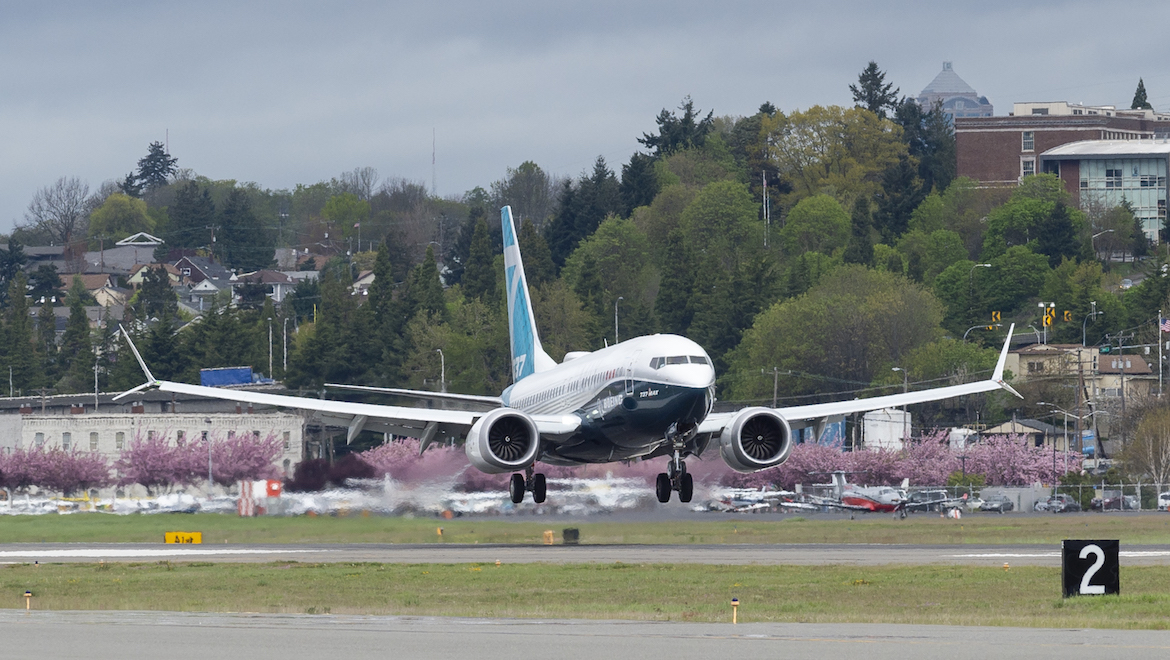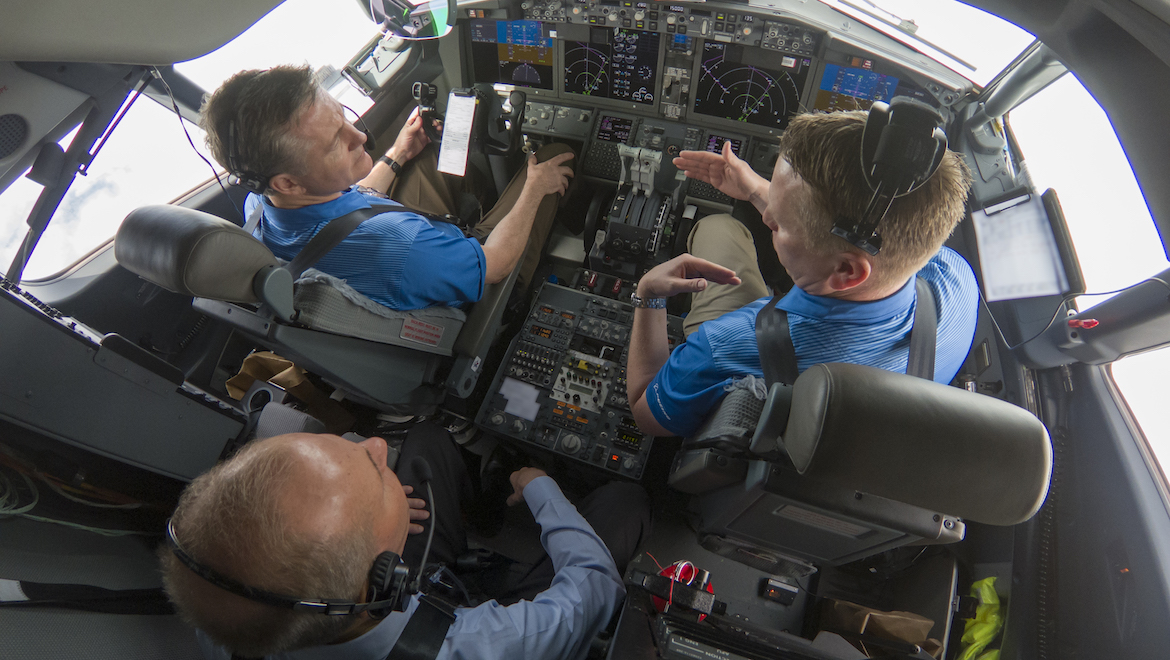
The European Union Aviation Safety Agency (EASA) given its strongest indication yet it may seek to conduct its own assessment of whether to allow the Boeing 737 MAX to return to service following two fatal crashes since October 2018.
The Financial Times reported on Wednesday (European time) EASA had set out three conditions that have to be met before the 737 MAX would be cleared to fly.
- These three pre-requisite condition were: Any design changes by Boeing were EASA approved and mandated;
- An additional independent design review being conducted by the agency is completed;
- That 737 MAX flight crews have been adequately trained.
“We are working on having the 737 Max 8 return to service as soon as possible, but only once there is complete reassurance that it is safe,” an EASA spokesman said in the Financial Times report.
The conditions highlight the growing unease over the United States Federal Aviation Administration’s (FAA) conduct regarding the certification of the Boeing 737 MAX since the Lion Air crash in October 2018 and the Ethiopian Airlines crash in March 2019.
The US Department of Transportation (DOT) was conducting an audit of the Boeing 737 MAX’s certification by the FAA, which delegated parts of the process to Boeing to complete itself.
There are also a myriad of other probes from a number of government agencies, including the US Federal Bureau of Investigation and Department of Justice.
The Seattle Times reported in March that FAA managers allegedly pushed its engineers to delegate more of the certification process to Boeing itself. It also detailed what it claimed were flaws in an original safety analysis that Boeing delivered to the FAA.
The FAA is reviewing a software update Boeing has completed on an anti-stall feature on the 737 MAX called the Manouevering Characteristics Augmentation System (MCAS) that has been in development since a Lion Air 737 MAX 8 plunged into the sea just minutes after it took off.
MCAS was added to the 737 MAX 8 as part of design changes to compensate for stall risk from the installation of larger engines further forward on the wing compared with previous 737 versions. It tells the flight control system to change its Angle of Attack (AOA) downward if a stall risk is perceived.
Boeing has said previously the software update, which has been in development since the Lion Air 737 MAX 8 plunged into the sea just minutes after it took off from Jakarta in October 2018, added layers of protection from erroneous data out of the aircraft’s angle of attack (AOA) sensors.
This included having the flight control system compare inputs from both AOA sensors. If there was a significant disagreement – by 5.5 degrees or more with the flaps retracted – the MCAS would not activate and an indicator of the flight deck would alert the pilots, according to Boeing.
Further, Boeing said “MCAS can never command more stabilizer input than can be counteracted by the flight crew pulling back on the column”.
The company has acknowledged previously the MCAS anti-stall feature was activated in response to erroneous angle of attack (AOA) information in both the Ethiopian Airlines and Lion Air tragedies, following the publication of the preliminary report into the Ethiopian Airlines accident.

Boeing said on May 16 it had Boeing completed the work on the software update, as well as associated simulator testing and an engineering test flight. It said it has flown the 737 MAX with the updated MCAS software for more than 360 hours on 207 flights.
The statement said Boeing would provide he FAA with additional information, including details on how pilots interacted with the aircraft controls and displays in different flight scenarios, with a certification test flight and the submission of final certification documentation to follow.
While it has been standard practice for regulators around the world to take the FAA, or indeed EASA’s, lead regarding the certification of aircraft,
EASA’s publicly stated wish to make its own assessment represented something of a departure from what has been standard practice around the world, where regulators have usually taken their cues from the FAA, or indeed EASA.
In a bid to keep the rest of the world informed of the work, the FAA has set up a Joint Authorities Technical Review (JATR) team that has representatives from nine aviation regulators from around the world, including Australia’s Civil Aviation Safety Authority.
The JATR review team’s task was to conduct a detailed review of the certification of the Boeing 737 MAX’s automated flight control system.












